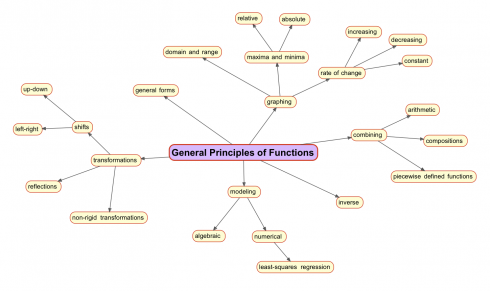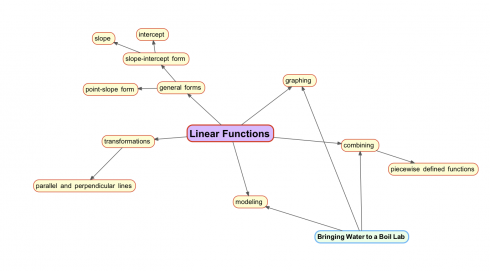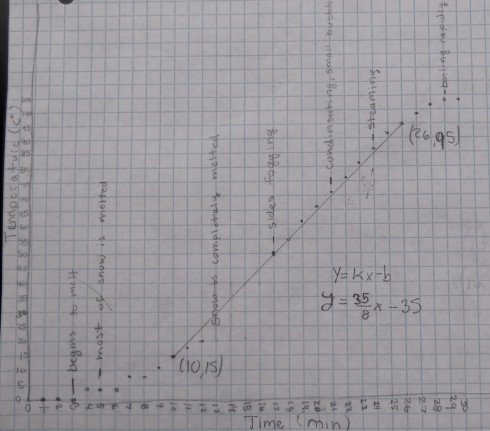This is my quick, and expanding, reference for easy-to-do experiments for students studying different types of functions.
Linear equations: y = mx + b
- Bringing water to a boil (e.g. Melting snow)
- Straight line, motorized, motion. (e.g. Movement of a robot/Predicting where robots will meet in the middle)
- Current versus Voltage across a resistor as resistance changes.
Quadratic equations: y = ax2 + bx + c
- Ballistics: throwing a ball (e.g. soccer ball ballistics)
Exponential functions: y = aekx
- Cooling water (ref.)
Square Root Functions: y = ax1/2
- Draining water from a container: (e.g. Draining water)
Trigonometric Functions: y = asin(bx)+c


